Can My Dog Eat Watermelon? Health Benefits and Risks
Many dog owners are curious about whether their furry companions can enjoy certain human foods. One fruit that often comes up is watermelon. You may find yourself asking, “Can my dog eat watermelon?” The answer is yes, but there are specific considerations you should be aware of to ensure that your pet enjoys this sweet treat safely.
Watermelon is mostly water, and it is a refreshingly hydrating snack, especially on hot days. It can provide several health benefits for your dog when given in moderation.
Health Benefits of Watermelon for Dogs
Watermelon is not just tasty; it also offers a range of health benefits for your dog:
- Hydration: Watermelon is about 92% water, making it an excellent source of hydration for your dog.
- Vitamins: Watermelon is rich in vitamins A, B6, and C, which can help your dog’s immune system and promote healthy skin.
- Low in Calories: This fruit is a low-calorie treat, making it an excellent option for dogs that need to manage their weight.
- Antioxidants: The fruit contains antioxidants like lycopene, which can help reduce inflammation and are linked to heart health.
How to Safely Serve Watermelon to Your Dog
If you decide to treat your dog to some watermelon, it’s essential to prepare it properly:
- Start by cutting the watermelon into small, manageable pieces.
- Be sure to remove the seeds; they can cause digestive issues.
- Also, remove the rind, as it can be difficult for your dog to digest and may even cause blockages.
After preparing the watermelon correctly, you can offer it to your dog as a refreshing snack. Many dogs love the taste and texture, making it an enjoyable treat during summer.
Potential Risks of Watermelon for Dogs
While watermelon is generally safe for dogs, there are some risks to keep in mind:
- Digestive Upset: Large quantities of watermelon can lead to diarrhea or an upset stomach. Moderation is key!
- High Sugar Content: Watermelon is naturally sweet, and too much sugar can be harmful to dogs, particularly those with diabetes.
If your dog has pre-existing health issues or dietary restrictions, it’s best to consult your vet before introducing any new foods.
Alternative Watermelon Treats
If you’re looking for ways to incorporate watermelon into your dog’s diet beyond simply offering pieces, consider these fun ideas:
- Frozen Treats: Blend watermelon and freeze it in ice cube trays for a cool summer treat.
- Watermelon Smoothies: Mix watermelon with plain, unsweetened yogurt for a healthy snack.
Both of these options are enjoyable and provide the health benefits of watermelon while adding variety to your dog’s food routine.
When to Avoid Watermelon
While most dogs can safely eat watermelon, there are instances when it might be a bad idea:
- If your dog is allergic to watermelon, avoid giving it entirely.
- Dogs with certain dietary restrictions or medical conditions, like diabetes, should avoid high-sugar fruits.
Always monitor your dog after introducing any new food to see how they react. If you notice any adverse effects, contact your veterinarian for guidance.
For more information on dog-friendly fruits and foods, visit AKC.org or PetEducation.com for continued learning about your dog’s diet.
Watermelon can be a safe and healthy treat for most dogs when prepared properly and given in moderation. As always, make sure to monitor for any reactions, and adjust their diet as necessary to ensure they remain happy and healthy!
Safe Fruits for Dogs: A Comprehensive Guide
When it comes to keeping your furry friend healthy and happy, one fun way to do so is by introducing a variety of fruits into their diet. While dogs can have a healthy assortment of foods, it’s crucial to know which fruits are safe for them to enjoy. Here’s a detailed guide on safe fruits for dogs, including their benefits and tips for serving them.
Fruits That Are Safe for Dogs
Many fruits can be a great addition to your dog’s diet. Below is a list of some of the most popular options:
- Apples: Rich in vitamins A and C, apples can be a crunchy treat for dogs. Just remember to remove the seeds and core.
- Blueberries: These little berries are packed with antioxidants and are low in calories, making them an excellent snack for dogs.
- Bananas: Dogs can enjoy bananas in moderation. They’re a great source of potassium, but they also contain sugar.
- Melon: Watermelon can be a refreshing choice during hot days. Make sure to remove the seeds and rind before serving. Other melons like cantaloupe are also safe.
- Pineapple: Fresh pineapple is safe for dogs. It’s rich in vitamins and can be a tasty, sweet treat.
- Strawberries: Strawberries are safe and provide Vitamin C and fiber. Just like with other fruits, moderation is key.
- Pears: Pears are another healthy choice for dogs. Be sure to remove the seeds and core.
Fruits to Avoid
While many fruits are safe, there are some that can be harmful to dogs. Here are a few you should avoid:
- Grapes and Raisins: These can be toxic to dogs and even small amounts can cause kidney failure.
- Citrus Fruits: Fruits like lemons and limes can upset your dog’s stomach, causing confusion and digestive issues.
- Cherries: While the flesh is safe, the pits can cause serious problems by blocking airways or causing internal issues.
- Avocado: This fruit can be toxic to dogs due to a substance called persin.
Benefits of Fruits for Dogs
Introducing fruits into your dog’s diet can offer several benefits:
| Fruit | Benefits |
|---|---|
| Apples | Good for teeth and full of fiber. |
| Blueberries | Antioxidant-rich; may help improve memory. |
| Bananas | Good source of potassium and vitamins. |
| Watermelon | Hydrating and low in calories. |
| Pineapple | Supports digestion and immune health. |
How to Serve Fruits to Your Dog
When introducing fruits to your pet, here are some guidelines to follow:
- Start Small: Always introduce new foods gradually to monitor for any adverse reactions.
- Wash Thoroughly: Ensure the fruits are washed to remove pesticides or chemicals.
- Cut into Bite-Size Pieces: This helps prevent choking hazards, especially for small dogs.
- Mix with Regular Food: You can mix fruit pieces with your dog’s regular food or serve it as a treat.
Fruits into your dog’s diet can promote good health and offer a variety of tastes. Always consult with your veterinarian before making significant changes to their diet or if you’re unsure about certain fruits. For additional information on pet nutrition, check out the American Kennel Club and PetMD.
Remember, every dog is unique, so what works for one may not work for another. Keep an eye on your pet’s reaction and consult your vet for personalized advice!
How to Prepare Watermelon for Your Dog to Enjoy
Watermelon is a refreshing and hydrating fruit that many dog owners wonder about. Can your furry friend enjoy it too? The answer is yes, but there are specific ways to prepare watermelon to ensure it’s safe and enjoyable for your dog. This juicy fruit is not only safe in moderation, but it also offers some great health benefits for your canine companion. Let’s explore how to properly prepare watermelon for your dog.
First, you need to select the right watermelon. When you choose a watermelon, look for one that is fresh and ripe. A good watermelon feels heavy for its size and has a uniform shape. The skin should be firm and free from blemishes. Avoid any watermelons with soft spots as they may indicate over-ripeness or spoilage. Once you have your watermelon, follow these steps to prepare it for your dog:
- Wash it Well: Always wash the watermelon thoroughly under running water. This step is crucial to remove any pesticides or dirt that may be on the skin.
- Cut it Open: Slice the watermelon in half. Depending on the size of the watermelon, it may be useful to cut it into quarters for easier handling.
- Remove the Seeds: Watermelon seeds can pose a choking hazard or cause gastrointestinal issues for your dog. Be sure to scoop out all the seeds from the flesh you plan to give your dog. Some seedless varieties are available, which can be a safer option.
- Cut into Smaller Pieces: Cut the watermelon flesh into bite-sized pieces that are appropriate for your dog’s size. Small pieces prevent choking and make it easier for your dog to enjoy.
- Remove the Rind: While the fruit is safe, the rind can be tough and hard for dogs to digest. Avoid giving your dog any rind, which can lead to gastrointestinal distress.
After preparing the watermelon, you can serve it in various ways. You can offer the pieces as a treat, mix them into their food, or freeze some chunks for a cool summer snack. Frozen watermelon can also provide soothing relief for teething puppies.
When introducing watermelon to your dog’s diet for the first time, make sure to do it gradually. Start with a small piece and monitor your dog for any adverse reactions. Although watermelon is generally safe, some dogs may have sensitivities or allergies to certain fruits. If you notice any signs of stomach upset such as vomiting or diarrhea, stop feeding watermelon and consult your veterinarian.
One great advantage of watermelon is its hydration potential. Dogs often need more water during warm months, and watermelon, which is about 92% water, can help keep them hydrated. It’s a fantastic way for your dog to enjoy the heat of the summer while receiving nutrients like vitamins A, B6, and C.
However, while watermelon is healthy, it should be offered only as an occasional treat. Treats should not make up more than 10% of your dog’s daily caloric intake to ensure they maintain a balanced diet. Always ensure their primary nutrition comes from high-quality dog food.
If you’re looking for additional information about dog nutrition and safe fruits for dogs, consider checking reputable sources like American Kennel Club or Healthy Pets.
Remember, every dog is different, and their dietary needs can vary. Consult with your veterinarian if you’re unsure whether watermelon is a good option for your pet. Following the prep guidelines and keeping your dog’s overall health in check can help ensure they have a fun and safe experience with this delicious summer treat.
Common Foods That Are Toxic to Dogs
As a pet owner, it’s essential to know which foods can be harmful to your dog. Your furry friend relies on you to make the right dietary choices. Many common household foods can be toxic, leading to serious health risks. Understanding these dangers can help you keep your dog safe and healthy. Below, you’ll find a list of foods that are known to be toxic to dogs, along with explanations for each.
Common Toxic Foods for Dogs
Here’s a detailed list of foods that should be avoided:
- Chocolate: Chocolate contains theobromine, which is toxic to dogs. Dark chocolate and baking chocolate are particularly dangerous due to their high theobromine content. Symptoms of chocolate poisoning can include vomiting, diarrhea, and even seizures.
- Grapes and Raisins: Even small amounts of grapes or raisins can cause kidney failure in dogs. The exact toxin is unknown, but the effects can be severe, often resulting in symptoms like vomiting, lethargy, and loss of appetite.
- Onions and Garlic: These vegetables belong to the allium family and can cause damage to a dog’s red blood cells, leading to anemia. Symptoms include weakness, lethargy, and pale gums. It’s important to note that both raw and cooked forms of these foods are toxic.
- Avocado: While healthy for humans, avocados contain a substance called persin that can be harmful to dogs. Large amounts of avocado can cause vomiting and diarrhea.
- Alcohol: Even small amounts of alcohol can be dangerous to dogs. It can lead to vomiting, diarrhea, difficulty breathing, and even death. Be cautious with products that contain alcohol, such as baked goods or flavored products.
- Xylitol: This artificial sweetener is often found in sugar-free gum, candies, and baked goods. It can cause a rapid release of insulin in dogs, leading to hypoglycemia (low blood sugar), seizures, and liver failure.
- Caffeine: Caffeinated beverages, including coffee, tea, and energy drinks, are toxic to dogs. Symptoms include restlessness, rapid breathing, and heart palpitations.
- Macadamia Nuts: These nuts can lead to vomiting, weakness, hyperthermia, and tremors in dogs. Even a small amount can be dangerous.
- Yeast Dough: Raw dough can rise in your dog’s stomach, leading to painful bloating and even rupturing. Additionally, the fermentation process can produce alcohol, resulting in further complications.
Recognizing Symptoms of Toxicity
If your dog has ingested any potentially toxic food, it’s crucial to monitor them for symptoms. Common signs of food poisoning in dogs include:
| Symptom | Description |
|---|---|
| Vomiting | Frequent upchucking of food or fluid. |
| Diarrhea | Loose or watery feces that can occur multiple times. |
| Lethargy | Unusual tiredness or lack of energy. |
| Loss of Appetite | Refusal to eat food or treats. |
| Tremors | Uncontrolled shaking or weakness. |
If you notice any of these symptoms, it is essential to act quickly. Contact your veterinarian immediately or reach out to a pet poison hotline for guidance. Information can be found at ASPCA Animal Poison Control.
Preventive Measures
To prevent your dog from consuming toxic foods, keep human food out of reach. Store food in secure containers and educate family members about what is safe for dogs. It’s also helpful to inform guests and visitors not to feed your dog any human food without your permission.
In cases of accidental ingestion, having a list of toxic foods handy can be invaluable. Regularly reviewing the items that can be harmful to dogs helps in maintaining vigilance. For further information on dog safety, check out Cornell University’s Veterinary Services.
Being aware of what foods are toxic is a crucial part of responsible pet ownership. By keeping hazardous items away from your dog and staying informed, you can greatly reduce health risks and ensure your furry friend remains happy and healthy.
Signs of Allergic Reactions in Dogs After Eating New Foods
When introducing new foods to your dog’s diet, it’s essential to be observant of any changes in their behavior or health. Dogs, like humans, can have allergic reactions to certain ingredients. Understanding the signs of these reactions can help ensure your furry friend stays healthy and happy. Here are some common symptoms to watch for when your dog tries a new food.
Common Signs of Allergic Reactions
Allergic reactions in dogs can manifest in various ways. Here are some of the most frequent signs you might notice:
- Itching and Scratching: One of the most common signs of an allergic reaction is excessive itching. Your dog may scratch their skin more than usual, leading to red or irritated patches.
- Skin Issues: Look for rashes, hives, or hot spots. These areas can become inflamed and uncomfortable for your dog.
- Gastrointestinal Problems: Some dogs experience vomiting, diarrhea, or gas after eating a new food. These symptoms can indicate that their body is reacting negatively to the food.
- Swelling: Allergic reactions can cause swelling, particularly around the face or eyes. If you notice your dog’s face is puffed up, it may indicate a serious allergic response.
- Respiratory Issues: In severe cases, dogs may experience difficulty breathing, coughing, or wheezing. This can be life-threatening and requires immediate veterinary attention.
What to Do If You Suspect an Allergy
If your dog exhibits any of the signs mentioned above after eating new foods, it’s important to take action. Here’s what you can do:
- Remove the New Food: Stop feeding your dog the new food immediately. This will help you determine if the symptoms are linked to the new ingredient.
- Monitor Symptoms: Keep track of any symptoms that arise. Note when they started and how long they last. This information will be helpful for your vet.
- Consult Your Veterinarian: If the symptoms persist or worsen, reach out to your vet. They may recommend an allergy test or suggest dietary changes.
- Consider a Food Trial: Your vet might suggest a food trial, where your dog is given a limited ingredient diet to isolate food allergies.
Common Allergens in Dog Food
Understanding what foods commonly cause allergies in dogs can help you make better food choices. Here’s a quick list of potential allergens:
| Common Allergens | Notes |
|---|---|
| Beef | A frequent cause of allergy in dogs, leading to skin irritations and gastrointestinal problems. |
| Dairy | Dogs can be lactose intolerant, which may cause digestive issues and skin reactions. |
| Wheat | Some dogs react poorly to wheat and may show signs like itching and gastrointestinal upset. |
| Chicken | Another common protein allergy, affecting many dogs with skin issues. |
| Eggs | Egg proteins can provoke allergic reactions, similar to other allergens. |
Consulting with Your Vet
No one knows your dog’s health better than your veterinarian. If you suspect your dog has a food allergy, it’s vital to consult with them for personalized advice. They can help you determine next steps, including the possibility of allergy testing and dietary management. You can find more information on pet allergies at the American Kennel Club or ASPCA’s website.
By being proactive and informed, you can help your dog navigate any potential food allergies, ensuring they enjoy a safe and healthy diet. Stay observant, and don’t hesitate to seek professional guidance when necessary.
Conclusion
Watermelon can be a delightful and hydrating treat for your dog, offering various health benefits such as vitamins A, B6, C, and hydration due to its high water content. However, it’s essential to be aware of both the safe ways to serve this fruit and the potential risks involved. Always remove the seeds and rind to prevent choking hazards and digestive issues.
While watermelon is a safe option, it’s crucial to understand which other fruits are beneficial for dogs. A variety of fruits, like blueberries, apples (without seeds), and strawberries, can also provide nutritional advantages and serve as healthy snacks. Always check the safety of new foods because common items like grapes and onions can be dangerous for your canine friend.
When introducing watermelon or any new food, monitor your dog for signs of allergies, such as itching or digestive upset. These symptoms may indicate an adverse reaction to something unfamiliar in their diet. Keeping a close eye on your dog when they try new treats ensures their well-being.
By being informed and cautious, you can add watermelon and other safe fruits to your dog’s diet, enhancing their enjoyment while nourishing them. Always prioritize their health and safety, and consult your veterinarian if you have concerns about specific foods. Your furry companion deserves the best, and knowing how to provide them with safe and tasty treats is part of being a responsible pet owner. Enjoy sharing the joy of fruit with your dog, but always do so wisely!



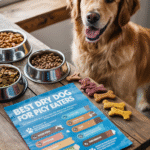
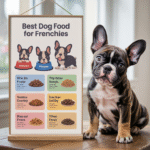

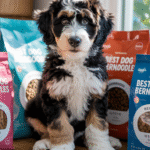
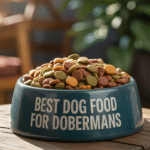


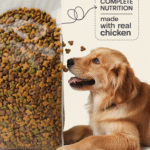
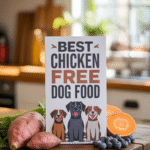

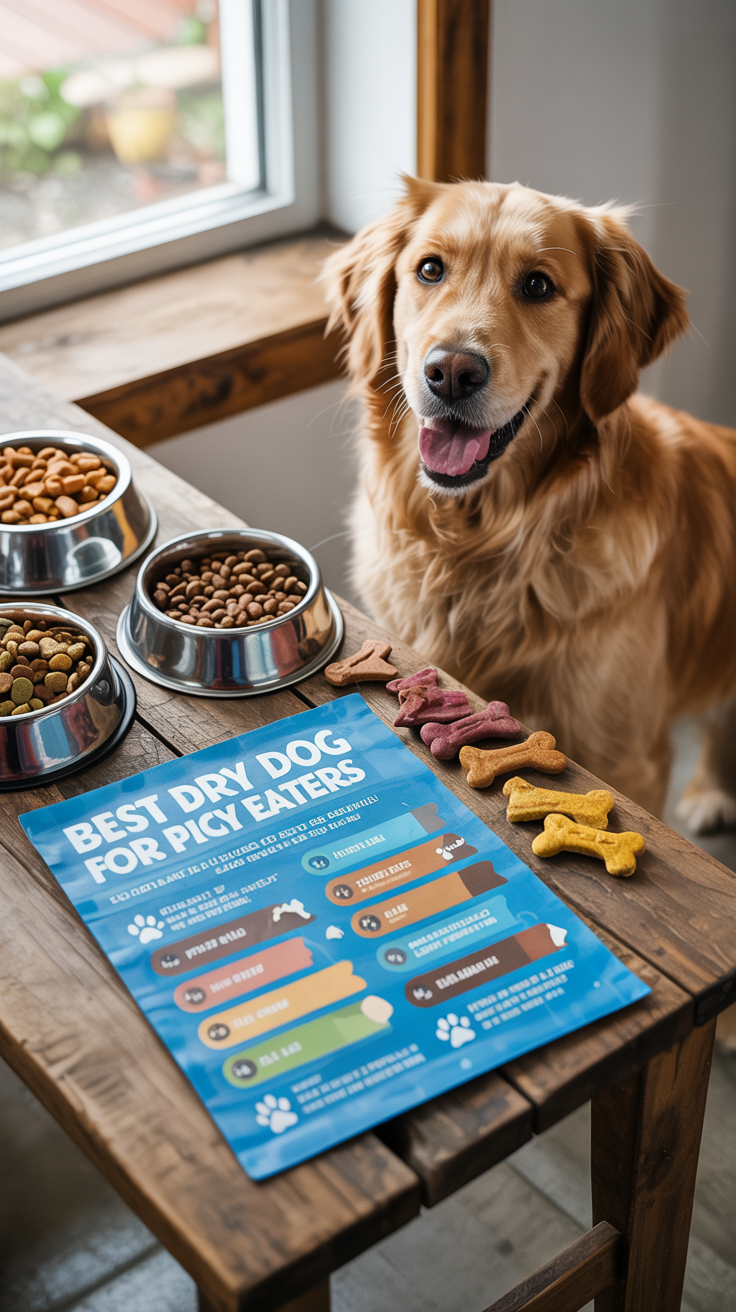
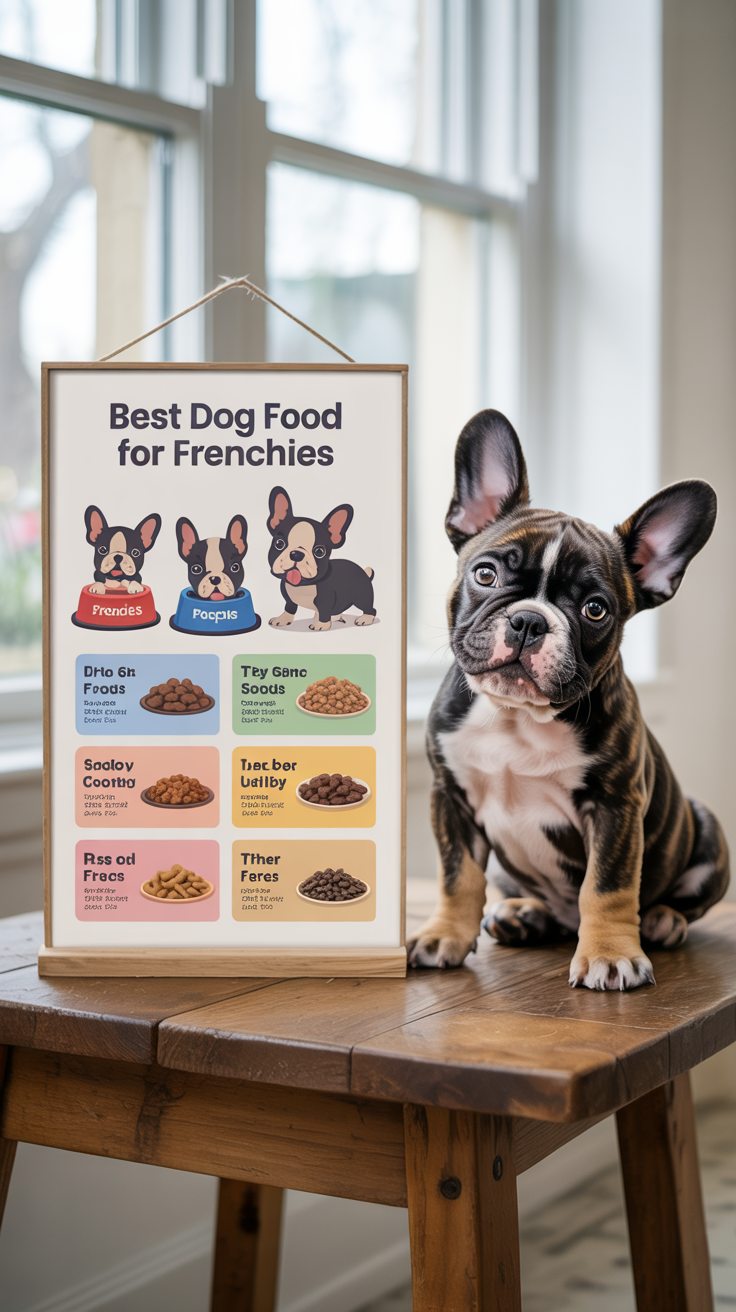
Leave a Reply